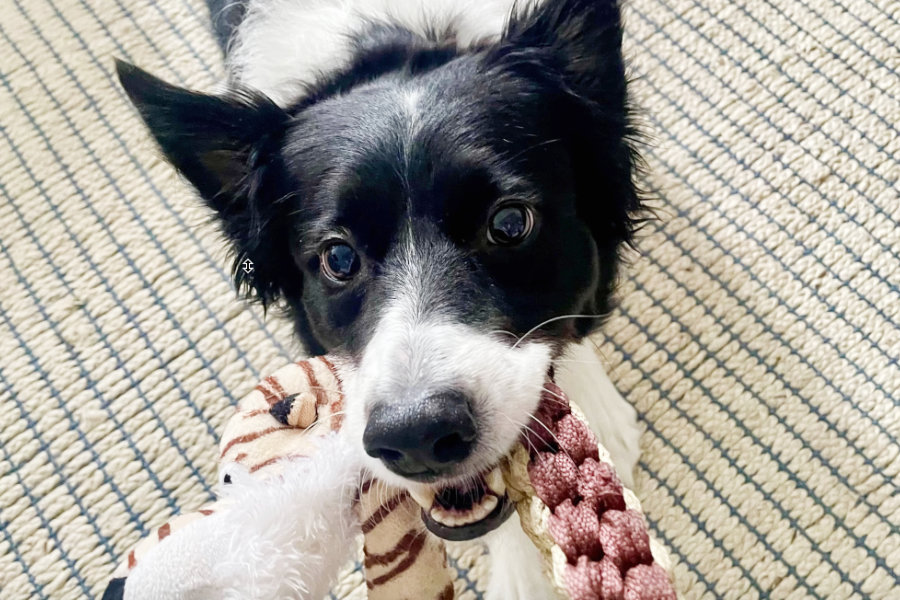Researchers found that some really smart dogs can group things by what they do, not just how they look, similar to how little kids do. Researchers publishing in Current Biology discovered that dogs they call “Gifted Word Learners,” figure out toy names by how they play with them, not what the toys look like. They learn to use a word for toys even if the toys appear different. Think about a dog that understands “fetch toy” covers everything you throw, bringing it back, no matter how unlike the first toy it knew.
Why it matters
Dogs create pictures in their minds of things by what those things do. This shows they might think about language in a more complex way than we realized. This makes us rethink what we thought about how smart animals are, offering fresh understanding of how the ability to communicate developed.
The big picture
Just seven dogs can do this unusual thing, figuring out what a name means for different objects. Before now, only a few animals, carefully taught for many years in zoos or labs, could do this. Young children naturally do this when they learn to talk. For example, they might use the same word for a hammer, a rock, or anything else they use to hit things, because these items all do a similar job.

How it works
During a week of playing with their owners, the dogs quickly picked up two easy names. They understood "Pull" meant toys for tug of war, also "Fetch" meant toys to chase, then bring back. Scientists made a big leap forward when they presented fresh objects. These objects appeared distinct, yet performed identical tasks. The dogs immediately used the right names, “Pull” or “Fetch,” for their new toys, without anyone teaching them.
A closer look
The researchers worked with six Border Collies and a Blue Heeler. People used the items in their daily lives with their families. Scientists specifically selected toys that did not look alike, even within the same group. When people asked their dogs to pick a “Pull” or “Fetch” toy from a group, the dogs chose the right toy more frequently than you’d expect by guessing.
The intrigue
These dogs did something special; they made usefulness separate from appearance. Dr. Claudia Fugazza at Eötvös Loránd University says it’s similar to someone using the same word for both a regular hammer also a stone. The dogs didn’t learn the names of the new toys while playing; however, they figured out how the toys worked on their own.
The takeaway
Dogs sometimes figure out what things are for, like kids learning to talk. They put together objects that do similar jobs instead of objects that just appear alike. This finding raises fresh questions about how animals think. It indicates animals might share some basic language abilities with people, more than we once believed.


